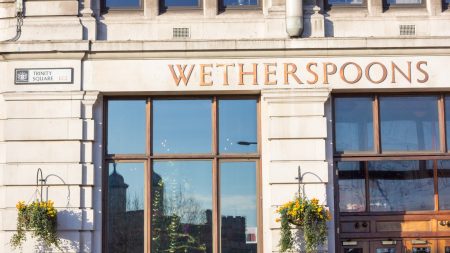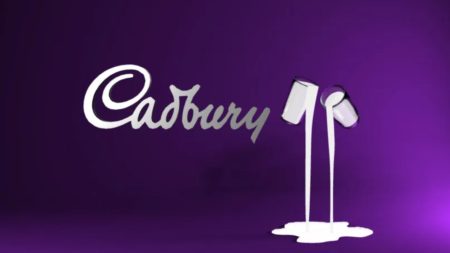Navigating the Tax Landscape: Legal Strategies for Tax-Free Income
Millions of individuals are facing increased income tax burdens due to the stagnation of the personal allowance amidst rising inflation and wages. This has resulted in a significant expansion of the tax base, with millions more now subject to income tax, and a substantial portion falling into higher tax brackets. The freezing of tax thresholds until 2028 further exacerbates this trend, making it crucial for individuals to explore legitimate avenues for minimizing their tax liabilities. Fortunately, several legal loopholes and strategies exist to generate tax-free income.
Utilizing Property and Hobbies for Tax Advantages
One effective approach involves leveraging one’s property. Renting out a spare room to a lodger allows for up to £7,500 of tax-free income annually, thanks to the Rent a Room Relief scheme. This exemption is automatic, simplifying the process for homeowners. Beyond lodging, individuals can also capitalize on the property allowance by renting out other spaces like driveways or even their entire home for filming purposes. Platforms like JustPark and Park On My Drive facilitate the rental of parking spaces, connecting homeowners with individuals seeking convenient parking solutions. For those with creative pursuits, monetizing a hobby can also yield tax-free income. The trading allowance permits up to £1,000 of tax-free earnings from hobby-related income. This can encompass a wide range of activities, including selling handmade crafts, offering freelance services, or even profiting from online sales through platforms like eBay. It’s essential to differentiate between selling personal belongings and trading for profit, as the former is not considered taxable income.
Optimizing Savings and Investments for Tax Efficiency
Strategic savings and investment practices can also contribute to minimizing tax burdens. Basic-rate taxpayers can earn up to £1,000 in savings interest tax-free annually, while higher-rate taxpayers have a £500 allowance. Maximizing these allowances often requires actively monitoring interest rates and transferring funds to higher-yielding accounts. Comparison websites can assist in identifying the most competitive rates across different account types. For lower earners, the starting rate for savings provides an additional tax advantage, allowing for up to £5,000 of tax-free interest on savings, in addition to the personal savings allowance. Individual Savings Accounts (ISAs) offer another valuable tool for tax-free growth. Savers can contribute up to £20,000 annually into cash or stocks and shares ISAs, with all interest, income, and growth within the ISA shielded from taxation. Withdrawals from ISAs are also tax-free, providing a flexible source of tax-advantaged income. Lifetime ISAs (LISAs) offer a specialized option for first-time homebuyers or those saving for retirement, allowing for tax-free withdrawals towards a property purchase or retirement income.
Exploring Alternative Savings and Maximizing Marital Benefits
Premium Bonds present an alternative savings avenue, offering the chance to win tax-free cash prizes instead of traditional interest. While the probability of winning is relatively low, the potential for tax-free gains can be appealing to some savers. For married couples or civil partners, the Marriage Allowance provides an opportunity to optimize tax liabilities. This allowance allows the transfer of £1,260 of the personal allowance from a lower-earning spouse to their higher-earning partner, potentially reducing the couple’s overall tax burden by up to £252 annually. Even if both partners are working, transferring a portion of the allowance can still result in tax savings. Claims for the Marriage Allowance can be backdated to April 2020, allowing couples to recoup past tax benefits.
Leveraging Employer Perks and Income Protection
Certain employer-sponsored benefits can also provide tax advantages. Salary sacrifice arrangements allow employees to exchange a portion of their pre-tax salary for non-cash benefits such as increased pension contributions, childcare vouchers, or cycle-to-work schemes. These benefits are typically tax-free, effectively reducing the employee’s taxable income. Income protection insurance policies offer a crucial safety net for those facing unexpected illness or injury. Payouts from these policies are tax-free, providing essential financial support during periods of incapacity.
Navigating Self-Assessment and Tax Compliance
For individuals earning income from sources outside of traditional employment, understanding self-assessment requirements is crucial. Registering with HMRC for self-assessment is mandatory for those exceeding the trading allowance or property allowance thresholds. Failure to file a tax return can result in penalties and interest charges. The deadline for online self-assessment submissions is January 31st each year, while paper submissions must be filed by October 31st. Utilizing online resources and seeking professional advice can simplify the self-assessment process and ensure compliance with tax regulations.
In conclusion, while the current tax landscape presents challenges for many, exploring these legal avenues for tax-free income can significantly mitigate tax burdens and enhance financial well-being. By strategically utilizing property, hobbies, savings, investments, and available allowances, individuals can optimize their financial strategies and retain more of their hard-earned income. Seeking guidance from financial advisors and staying informed about relevant tax regulations can further empower individuals to navigate the complexities of the tax system and achieve their financial goals.











